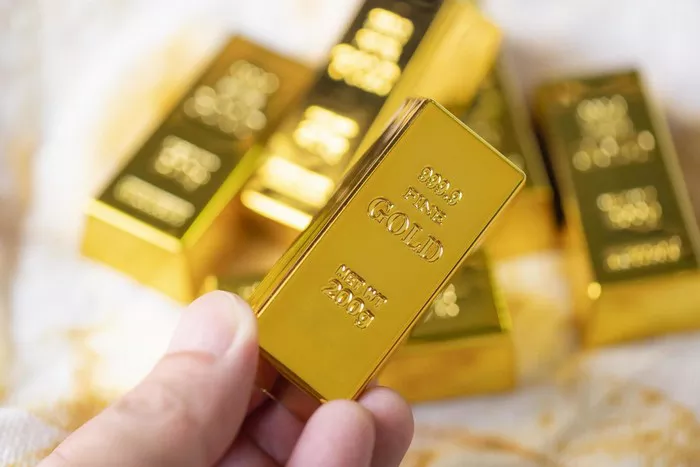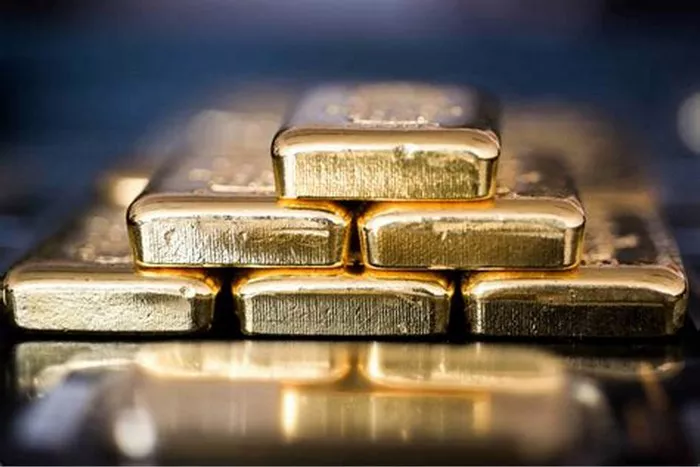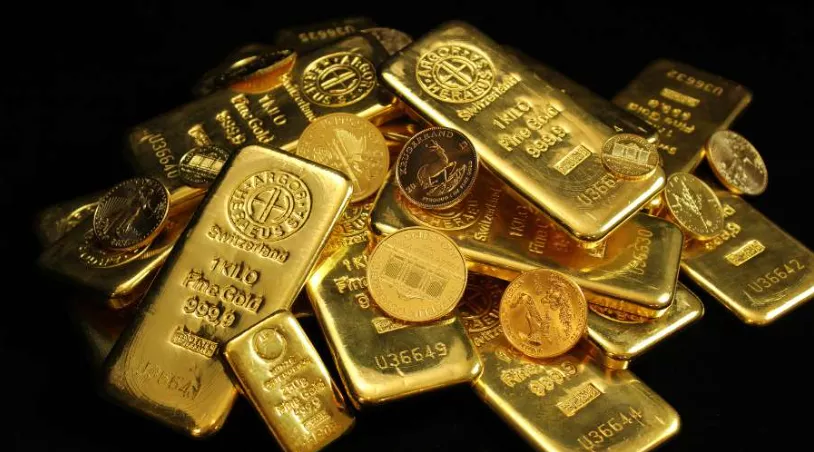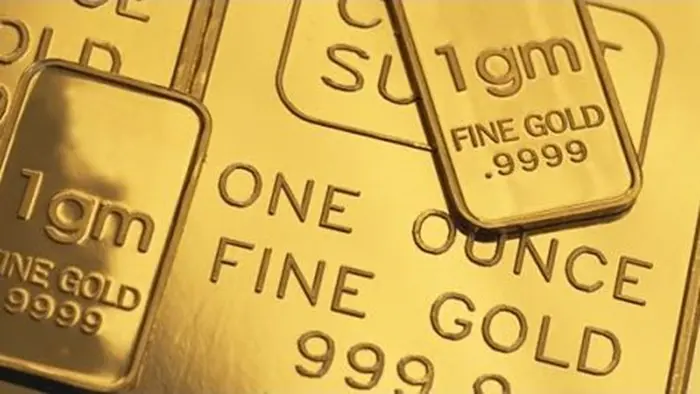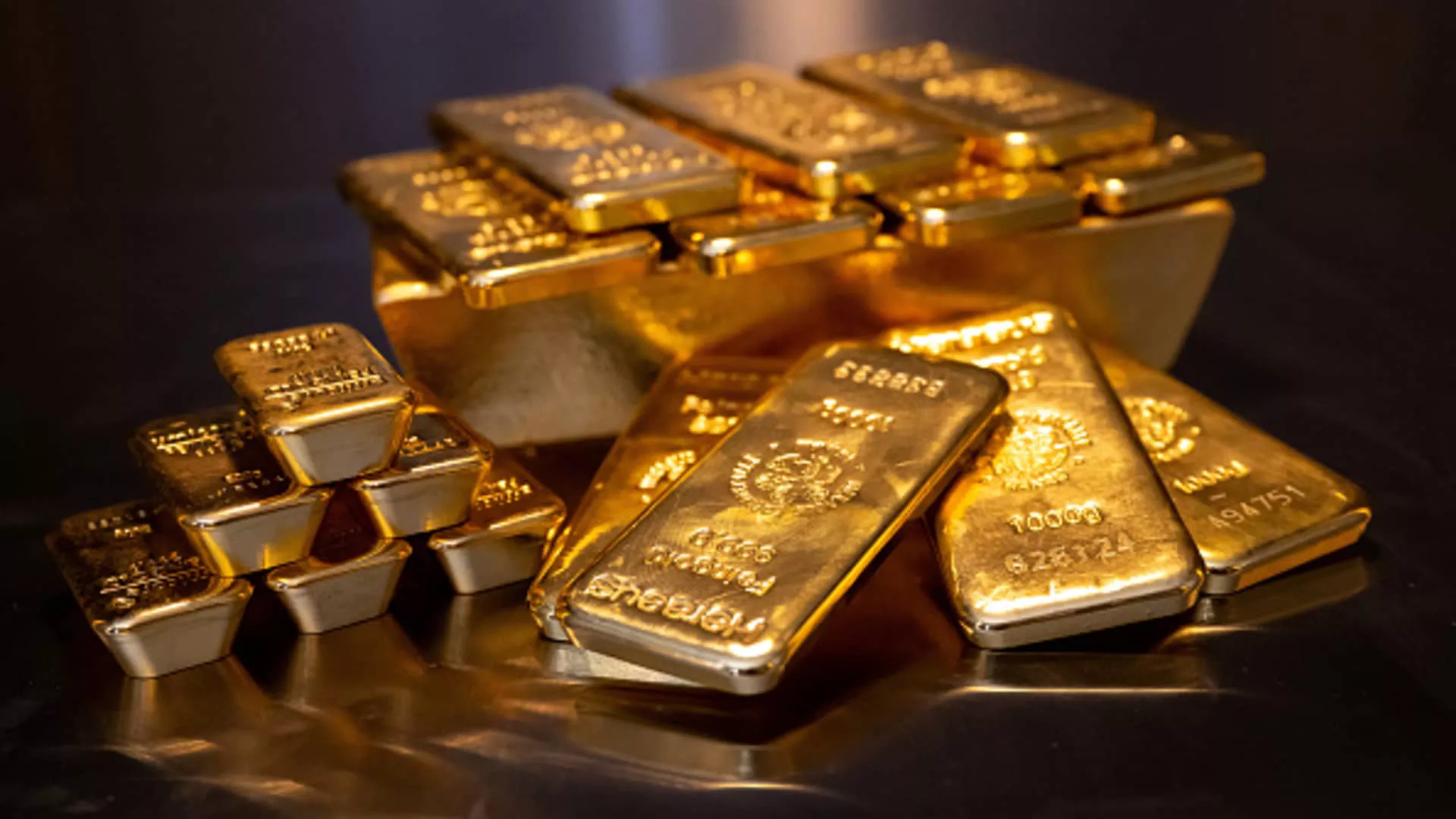In the realm of precious commodities, diamonds and gold have long been held as the epitome of wealth and luxury. These assets have captivated human interest for centuries, each possessing unique qualities that make them highly desirable. However, when it comes to determining which is more valuable, the answer is not straightforward. This article will provide an in-depth analysis of diamonds and gold, exploring their characteristics, market dynamics, investment potential, and historical significance.
Characteristics of Diamonds
Physical Properties
Diamonds are renowned for their exceptional hardness, brilliance, and fire. They are the hardest known natural material, scoring a 10 on the Mohs scale of mineral hardness. This makes them highly durable and resistant to scratching. Their brilliance, or the ability to reflect light, along with their fire, the dispersion of light into various colors, contributes to their stunning visual appeal.
Formation and Rarity
Diamonds form under extreme pressure and temperature conditions deep within the Earth’s mantle. This process takes billions of years, contributing to their rarity. While they are more common than some may think, gem-quality diamonds suitable for jewelry are relatively rare.
Uses
Beyond their allure in jewelry, diamonds have significant industrial applications due to their hardness. They are used in cutting, grinding, and drilling tools, and in various high-precision instruments. Additionally, diamonds have emerging applications in electronics and quantum computing due to their unique physical properties.
Characteristics of Gold
Physical Properties
Gold is a dense, malleable, and ductile metal with a bright yellow luster. It is highly resistant to corrosion and tarnish, making it an enduring symbol of wealth. Gold’s ability to be drawn into thin wires or hammered into thin sheets (malleability) and its conductivity of electricity make it valuable in various industrial applications.
Formation and Rarity
Gold is found in its elemental form in nature, often in veins and alluvial deposits. Its formation involves geological processes over millions of years. While gold is more abundant in the Earth’s crust than diamonds, the process of extracting and refining it is labor-intensive and costly, adding to its value.
Uses
Gold’s primary use is in jewelry and as a form of currency or investment. Its industrial applications include electronics, dentistry, and aerospace. Gold’s excellent conductivity and resistance to tarnish make it ideal for high-reliability connectors and other critical components in electronics.
See Also: 6 Origins Of The Purest Gold
Market Dynamics
Pricing and Valuation
Diamond Pricing
The pricing of diamonds is complex and influenced by the “Four Cs”: Carat, Cut, Color, and Clarity. Each of these factors contributes to a diamond’s overall value. The carat weight measures the size, while the cut affects its brilliance. Color and clarity assess the presence of impurities and internal flaws. The diamond market is relatively opaque, with significant influence from major players like De Beers, which historically controlled supply and pricing.
Gold Pricing
Gold pricing, on the other hand, is more transparent. It is traded on major commodities exchanges worldwide, such as the New York Mercantile Exchange (NYMEX) and the London Bullion Market. Gold prices fluctuate based on supply and demand dynamics, geopolitical stability, inflation, interest rates, and currency values. Its price per ounce is widely published and easily accessible.
Market Liquidity
Gold is highly liquid. Investors can buy and sell gold through various platforms, including physical bullion, coins, ETFs, and futures contracts. The global gold market is deep and liquid, making it easy to convert into cash.
Diamonds, however, are less liquid. The resale market for diamonds is less developed, and prices can vary significantly between retail and secondary markets. Selling a diamond often involves significant markdowns, and the process can be more time-consuming.
Investment Potential
Historical Performance
Gold as an Investment
Gold has been a store of value for thousands of years. It often serves as a hedge against inflation and currency devaluation. During economic downturns and periods of uncertainty, gold prices typically rise as investors seek safe-haven assets. Historical data shows that gold maintains its value over the long term, though it can be volatile in the short term.
Diamonds as an Investment
Diamonds, while valuable, have a more complex investment profile. Historically, diamonds have not performed as consistently as gold. The lack of standardized pricing and liquidity challenges makes them less attractive as a pure investment vehicle. However, high-quality diamonds can appreciate in value, especially rare and unique stones.
Risk Factors
Gold Investment Risks
Gold investments are subject to market risk, geopolitical risk, and changes in economic policies. While gold is considered a safe haven, its price can be affected by interest rate changes, monetary policies, and the strength of the US dollar.
Diamond Investment Risks
Investing in diamonds carries risks related to market transparency, valuation discrepancies, and liquidity. The diamond market is less regulated, and investors need to navigate challenges such as grading inconsistencies and high transaction costs.
Cultural and Historical Significance
Gold
Gold has played a central role in human history. It has been used as currency, a symbol of wealth, and a medium for art and adornment. Ancient civilizations, including the Egyptians, Greeks, and Romans, revered gold for its beauty and permanence. In modern times, gold continues to be a key component of monetary systems and is held by central banks as a reserve asset.
Diamonds
Diamonds, too, have a rich cultural significance. Historically, they were believed to possess mystical powers and were worn as talismans. In the modern era, diamonds symbolize love and commitment, epitomized by the tradition of diamond engagement rings. The De Beers marketing campaign in the 20th century popularized the phrase “A diamond is forever,” cementing diamonds’ status in popular culture.
Practical Considerations
Buying and Selling Gold
Investors have various options for purchasing gold, including physical gold (bullion, coins), gold ETFs, and gold mining stocks. Physical gold requires secure storage and insurance. Gold ETFs offer a convenient way to gain exposure to gold prices without the need for physical storage. Gold mining stocks provide leverage to gold prices but come with additional company-specific risks.
Buying and Selling Diamonds
Purchasing diamonds requires careful consideration of the Four Cs and selecting a reputable dealer. Certification from recognized gemological laboratories, such as GIA or AGS, ensures quality and authenticity. Selling diamonds can be challenging due to market opacity and lower resale values. It’s advisable to work with a professional appraiser and explore multiple selling channels.
Conclusion
Determining whether diamonds or gold are more valuable depends on various factors, including the context of value (intrinsic, market, investment), personal preferences, and specific use cases.
Gold offers transparency, liquidity, and a long history as a store of value, making it a more straightforward investment for those seeking stability and reliability. Its price is driven by global economic factors and is less susceptible to the influence of individual entities.
Diamonds, while possessing unique beauty and cultural significance, present a more complex investment profile. The market for diamonds is less liquid and transparent, with significant variability in pricing. However, high-quality, rare diamonds can offer substantial value and appreciation potential.
In conclusion, gold is generally considered more valuable as an investment due to its liquidity, market transparency, and historical performance. Diamonds, on the other hand, hold immense personal and cultural value, making them prized possessions and symbols of wealth and commitment. Ultimately, the choice between diamonds and gold depends on individual goals, preferences, and circumstances.
Related topics:

